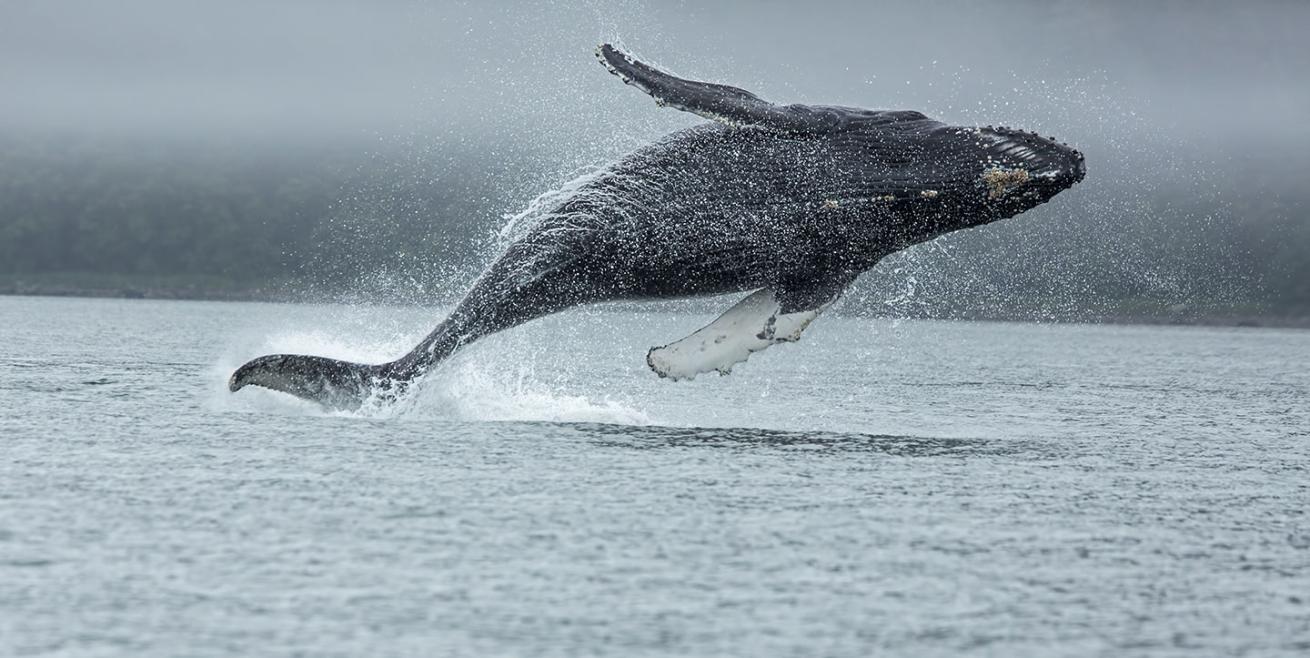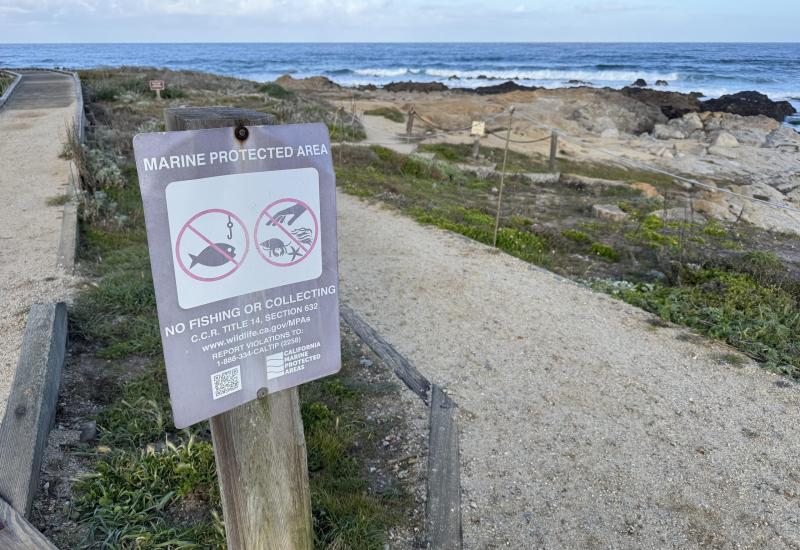Scientists: Learning Why Humpback Whales Breach

ShutterstockResearchers studying humpback whales think they may be communicating with other individuals in their pod when they breach.
Whales are very social marine mammals, and communicate with other whales in their pods by humming, grunting and clicking, according to scientists.
Researchers have even noted that pods of whales have regional "accents." A study from 2016 found a group of sperm whales in the Caribbean used distinct calls other pods around the world don't make.
Now, a study of humpback whales (Megaptera novaeangliae) in Australia may have provided important information as to why some whales leap out of the ocean, a behavior called breaching. Data was collected at Peregian Beach on the Sunshine Coast of eastern Australia during September and October in 2010 and 2011.
The reason for whales breaching has stumped researchers, but it may be the most effective way for the animals to say "hello."
The whales studied reportedly breached more often or were more likely to breach when they were farther apart — a couple miles apart. The team thinks that has to do with background ocean noise. From far away, it'd be a lot easier to hear a giant thud than a smacking tail slap.
The results of the study were recently published in the journal Marine Mammal Science.
READ MORE: 7 Interesting Facts about Humpback Whales

ShutterstockHumpback whales are found in all oceans of the world. They're known for their flashy surface behavior, and are one of the most active of the baleen whales.
Researchers said that “as part of their social sound repertoire, migrating humpback whales perform a large variety of surface-active behaviors, such as breaching and repetitive slapping of the pectoral fins and tail flukes; however, little is known about what factors influence these behaviors and what their functions might be. We investigated the potential functions of surface-active behaviors in humpback whale groups by examining the social and environmental contexts in which they occurred.”
What they found was that the whales breached more often or were more likely to breach when they were separated by a distance of two miles or so. The researchers theorize that the breaching may be because of background ocean noise. When the whales are farther away, said the researchers, it's easier to hear a giant thud — breaching — than a smacking tail slap, another behavior and possible form of communication the whales employ.
Previous studies have established that “sound is used by many marine animals to communicate and its use is well documented in the literature," note the Australian researchers in listing some of the conclusions of those studies. "For example, the acoustic signal repertoire of killer whales (Orcinus orca) includes pulsed calls and whistles and it has been suggested that some of these signals function to maintain contact and coordination within groups during close-range interactions…. Similarly, it has been proposed that the signature whistles of bottlenose dolphins (Tursiops truncatus) are used to facilitate reunions between separated mothers and calves over small spatial scales … other marine mammals may communicate over long ranges with the sounds they produce audible many kilometers from the source.... Male fin whales (Balaenoptera physalus), for example, produce long, patterned vocalizations thought to function over great distances as a male breeding display … Leopard seals (Hydrurga leptonyx) use two distinctively different types of sounds, one for close-range interactions and one as a longer-range broadcast sound….Humpback whale song is a complex, highly structured, and stereotyped vocal signal produced only by males and is thought to function as a sexual display.”
The scientists in the Australian study note that the singing of humpback whales has been the subject of many studies, but “the functions of social sounds are less well understood, particularly those produced as a result of surface-active behavior.”
Humpback whales surface behavior “includes energetic leaps as well as the repetitive slapping of a pectoral fin or flukes on the water surface,” noted the researchers, but it’s been difficult “to determine their specific functions.”
Researchers concluded that “interactions, such as the splitting of a group or a group joining with other whales, was an important factor in predicting the occurrence of pectoral, fluke, and peduncle slapping, and we suggest that they play a role in close-range or within-group communication. This study highlights the potentially important and diverse roles of surface-active behaviors in the communication of migrating humpback whales.”










